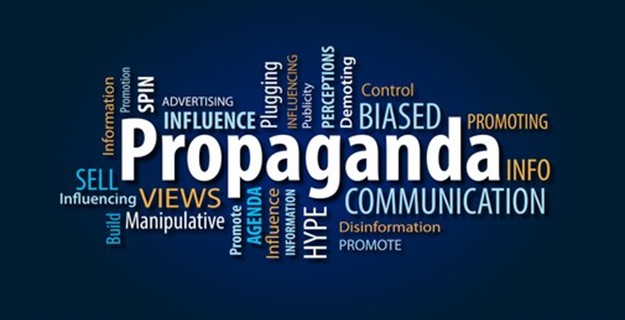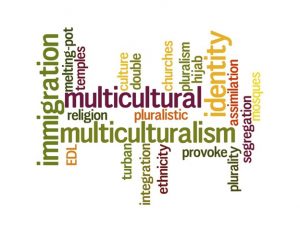HOW DISCOURSE SHAPES UNDERSTANDING

In his book Future: All That Matters, Ziauddin Sardar discusses the overall objective of the methodology of causal layered analysis (CLA) as a means of highlighting “the parochial and brittle nature of current social practices so they are not projected into the future as universal truths and practices.” CLA, he explains, “seeks to ‘undefine’ the future in an attempt to ensure that it is not taken as a priori given, that trends and projections are not taken for granted, that non-western cultures, epistemologies and modes of being are appropriately represented, and a wide range of metaphors and images are used to think creatively about potential alternatives.” The role of discourse is of course central to shaping our understanding of the world. “A discourse,” says Sardar, “is a strongly bounded area of social and cultural knowledge, a system of assumptions, statements, disciplines and ideas,” and he goes on to say that “it is through discourses that the world is brought into being,” which is another way of expressing the fundamental insight gained from the discipline of critical discourse analysis (CDA) that attitudes and prejudices are learnt through “text and talk,” even at the subliminal level.
If the strategic action of discourse is dependent to some extent on the psychological disposition of the audience, this is also a reciprocal process in that the psychological disposition is itself conditioned by the discourse. The relationship between language and cognition is not a one-way street. Thoughts and feelings are created and reinforced by discourse, as much as discourse is used to express them. Two examples come to mind. In his investigation of the representation of Islam in the British press, Costas Gabrielatos, drawing on his meticulous work in the field of corpus linguistics, has revealed the insistent drip-feed of collocations, both explicit and implicit (as, for example, between Islam and “terrorism”) in the British press which inevitably conditions public attitudes. It is a sad fact that if you repeat something enough times like a mantra, it becomes a “script,” a formulaic structure so embedded in the mind that is becomes highly resistant, and even impervious, to modification. The effectiveness of rhetorical manipulation through repetitive phrases is of course well-known by politicians and spin doctors, in the same way as slogans and jingles are the stock-in-trade of advertising. Repetition is one of a variety of discursive moves and ploys identified in the field of critical discourse analysis. Teun van Dijk has rigorously examined how discourse promotes and sustains racism by promoting prejudiced social representations shared by dominant groups (usually white, European) and based on ideologies of superiority and difference. An example is his detailed analysis of some fragments of a book misleadingly entitled The End of Racism by Dinesh D’Souza, a book which embodies many of the dominant Eurocentric supremacist ideologies in the USA, and which specifically targets one minority group: African Americans. This book is one of the main documents of conservative ideology in the USA and has had considerable influence on the debates on affirmative action, welfare, multiculturalism, and immigration, and on the formulation of policy to restrict the rights of minority groups and immigrants. Such work reflects one of the key objectives of CDA noted by Sardar – its examination of “power relationships that are created by discourse in an attempt to give voice to those who have been marginalized from and within the discourse.”
This article is an excerpt from: Ziauddin Sardar & Jeremy Henzell-Thomas, Rethinking Reform in Higher Education (London/Washington: IIIT, 2017), pp. 184-5.
The views expressed in this article are those of the author and do not necessarily reflect the views of the International Institute of Islamic Thought (IIIT).




